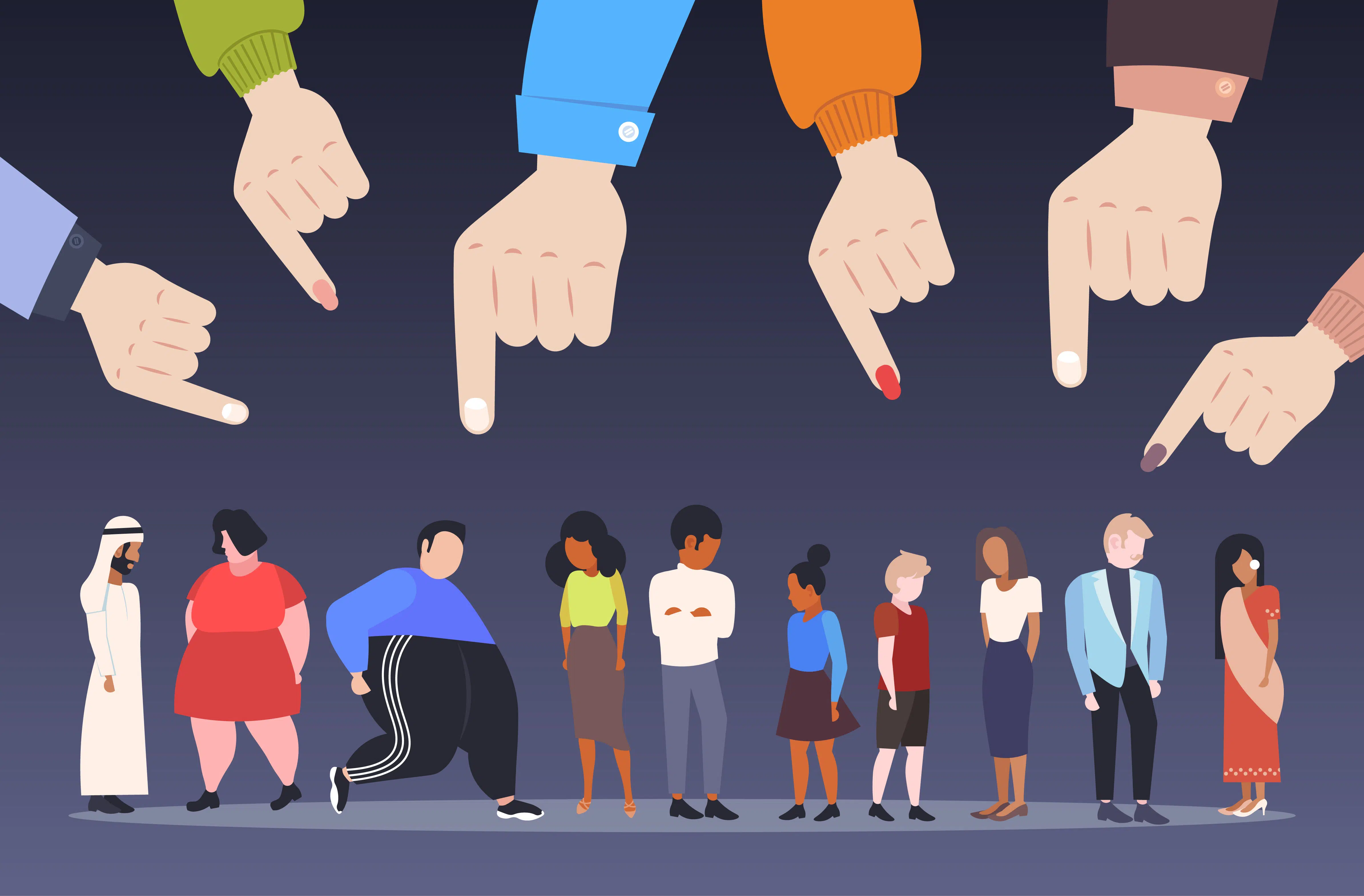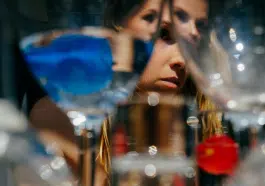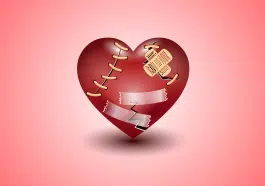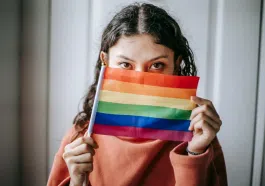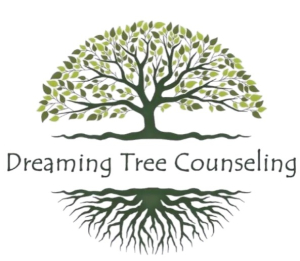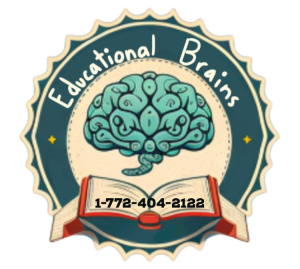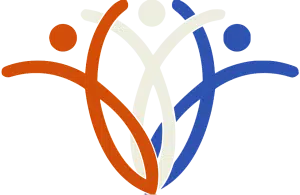Mentions of discrimination, racism, ableism, and examples of microaggressions against marginalized groups.
Gendered language as reported in the research.
According to a national public opinion study, more than one in three LGBTQ+ Americans have experienced discrimination due to their sexual orientation or gender identity in 2020. When it comes to transgender people, that rate is higher, with 62% reported being discriminated against.
These statistics are just a tiny representation of the actual discrimination and microaggressions that LGBTQ+ people experience daily. This article discusses microaggressions and provides some examples of what they can look like.
What Is a Microaggression?
Microaggression is a term for everyday verbal, behavioral or environmental slights. These comments can be intentional or unintentional, but they encourage hostile, derogatory, or negative attitudes towards various culturally marginalized groups.
Psychologist Derald W. Sue, who has written two books on microaggressions, has the following definition for microaggressions: “The everyday slights, indignities, put-downs and insults that people of color, women, LGBT populations or those who are marginalized experiences in their day-to-day interactions with people.”
Harvard University psychiatrist Chester M. Pierce first coined the term in 1970. He used it to describe the insults and dismissals he continually saw other Americans inflicting black people.
By the early 21st century rolled around, the term was applied to the casual degradation of any socially marginalized group, such as LGBTQ+ people, people living in poverty, and disabled people.
Read: Experts Call for More Mental Health Supports for BIPOC Communities
What Make a Microaggression Different From Rude or Insensitive Comments?
Microaggressions are more than insults and insensitive remarks.
These comments are precise because they have to do with a person’s membership in a group that experiences more discrimination or is stigmatized. What makes microaggressions even more harmful is that they occur casually, often, and sometimes without harm intended.
Microaggressions can also be masked as a compliment or a joke but feature a hidden insult about various groups of people.
What Are Some Examples of Microaggression?
Here are a few examples of microaggressions within the LGBTQ+ community:
1) Heterosexist or transphobic terminology:
These microaggressions happen when someone uses heterosexist or transphobic language towards LGBTQ+ people. For example, some people may say “that’s so gay” or use various slurs for the term transgender and gay people. This type of microaggression is particularly harmful because it can lead to harassment and bullying.
It was reported that 9 out of 10 LGBTQ+ high school students report experiencing harassment at school. These microaggressions are why 2/3 of them say they don’t feel safe, according to the Gay, Lesbian, and Straight Education Network.
2) Encouraging heteronormative culture and behaviors:
These microaggressions occur when an LGBTQ+ person is presumed to be straight. It can also happen when they have been encouraged to act in gender-conforming ways. For example, someone could tell a person not to be so flamboyant, to act more masculine or feminine. It can also look like loved ones forcing children to play with toys that are “traditionally” acceptable for their gender.
3) Assuming the LGBTQ+ experience is universal:
This type of microaggression comes up when straight people assume that all LGBTQ+ people are the same or have the same experience. For example, a person could tell someone that they’re not “a typical gay guy” because they don’t live up to some cultural stereotype.
In addition, some people may set up their gay friends on dates even though they have nothing in common except that they are gay. Other microaggressions of this category include lesbians being told they should all be masculine, while bisexual people can be stereotyped as “confused.”
4) Discomfort surrounding the LGBTQ+ experience:
Microaggressions of this kind can include when LGBTQ+ people are treated awkwardly or with contempt. Some examples include giving LGBTQ+ people disgust when they are affectionate in public. It can also look like when people say someone’s sexual orientation is “an abomination” or that a transgender person’s identity is “unnatural.”
5) Assuming there is some sexual pathology or abnormality:
These microaggressions occur when straight people consider LGBTQ+ people sexual deviants, promiscuous, or overly sexual. An example of this microaggression even happens on a systemic level, like federal bans for men who have sex with other men who can donate blood. Some people assume that LGBTQ+ people are deviants in daily life and can be apprehensive towards LGBTQ+ teachers or babysitters. In addition, straight men can assume that if a gay person even talks to them, they are hitting on them, encouraging the myth that they are always sexual.
6) Invasion of bodily privacy:
These kinds of microaggressions often happen to transgender people. Other people can feel entitled or open about objectifying transgender bodies. This can include people asking a transgender person about their genitalia. These kinds of questions can be violating and invasive.
In Summary
There are many types of microaggressions directed at the LGBTQ+ community that still occur today. Our article provides only a brief rundown of what some LGBTQ+ people experience regarding microaggressions – sadly, there are too many LGBTQ+ experiences. These microaggressions can harm and negatively impact the mental health of many LGBTQ+ people.

